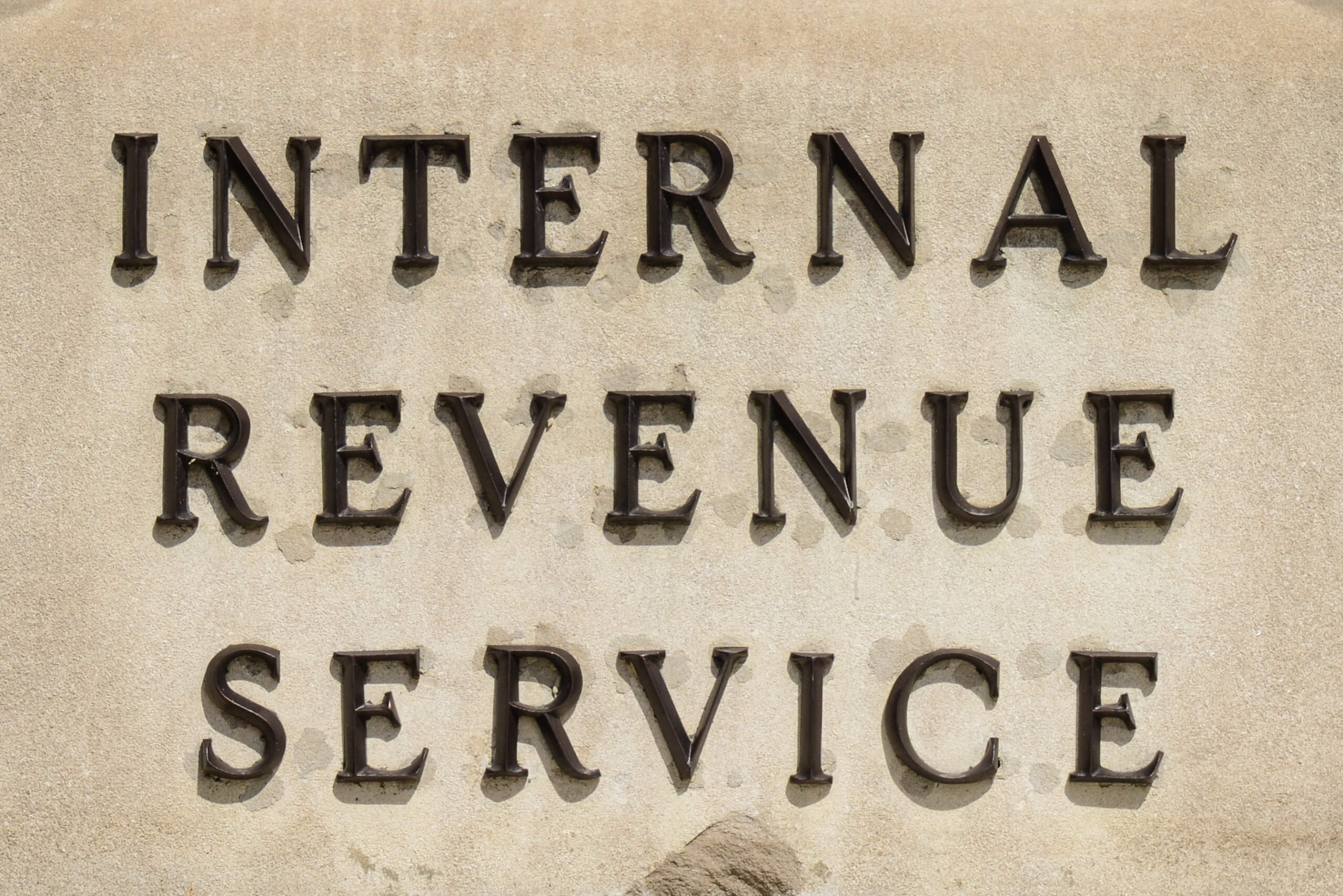Whenever you spend money on your business, the expense is either deducted on your federal tax return in the year it is incurred or depreciated over time. But much more is involved than just that. And when you hear terms like capitalization and safe harbor, it can feel even more complicated. Here are details to help you better understand the process.
- Deductible costs:These are the day-to-day costs of operating your business, such as rent, insurance, maintenance, and office supplies. The Internal Revenue Service lets you deduct all these “ordinary and necessary expenses” during the taxable year in which they are incurred.
- Capital costs: These are payments you make to acquire or improve your building and equipment. These costs, such as upgrading an HVAC system, are considered to be business investments that add to the value of your asset. Capital costs are depreciated on tax returns over the course of their “useful life” as determined by the IRS. The useful life of a laptop, for instance, is three years, whereas the useful life of telecommunications equipment is seven years. Sometimes, intangible assets, such as patents and trademarks, are considered capital expenses.
It seems straightforward. But, in fact, determining whether a cost must be capitalized over X years isn’t as easy as it looks. And, to make accounting even more fun, the IRS has a “de minimis safe harbor election” that lets you deduct expenses that you otherwise would capitalize.
De-what?
The de minimis (Latin for “concerning the smallest things”) safe harbor is a yearly tax return election that allows you to deduct expenses for tangible property that costs below a certain threshold. Essentially, it gives taxpayers an immediate but limited tax break on items that otherwise would take many years to depreciate.
The IRS has been busy lately increasing the threshold from $500 to $2,500 for businesses that don’t have an audited financial statement, something many small businesses do not have. This means that if your small business bought, for example, a computer for $2,499, you might be able to deduct the entire amount on that year’s tax return, instead of over many years. For businesses that maintain an audited financial statement, the threshold continues to be $5,000.
De minimis safe harbor is considered to be a good thing because taking immediate tax deductions simplifies recordkeeping and increases tax refunds.
How to make “de maximis” of your de minimis
- Ensure that you expense all tangible property costs below $2,500.
- Because the de minimis safe harbor threshold can be applied to any and all tangible property purchases below $2,500, ensure that your bookkeeping staff applies the threshold to each qualifying item.
If you have questions, contact an MCB Tax Advisor at 703-218-3600 or click here. To review our tax news articles, click here. To learn more about MCB’s tax practice and our tax experts, click here
©2019

